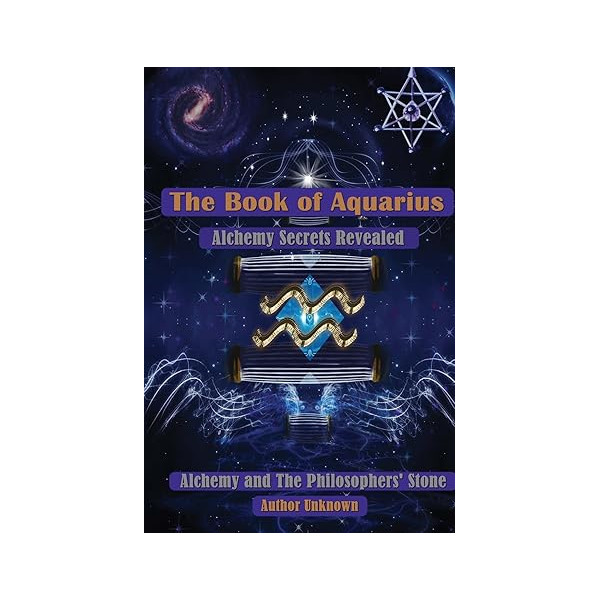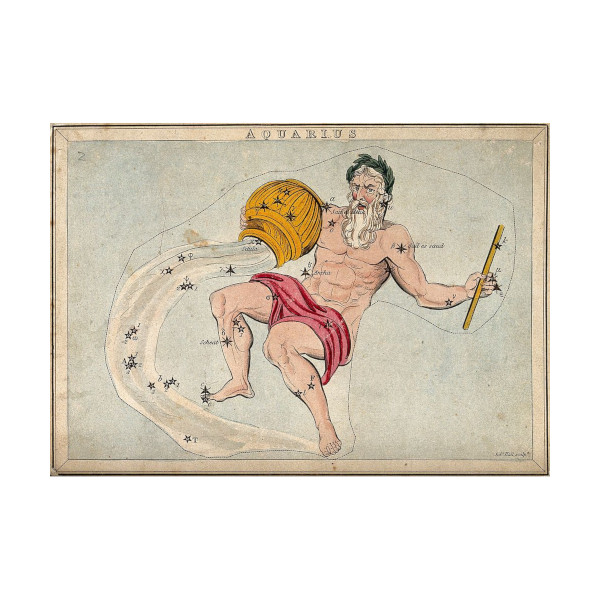
The Book of Aquarius Method: Steps Toward the Philosopher’s Stone
What Is the Book of Aquarius?
In 2011, a mysterious text appeared online under the title The Book of Aquarius. It was released anonymously as a free PDF, distributed widely on forums and file-sharing sites. The author claimed to have uncovered and revealed the true method of making the Philosopher’s Stone — a bold assertion that stirred both excitement and skepticism in alchemical circles.
Unlike the cryptic manuscripts of the Middle Ages, this book spoke in a straightforward, modern tone. It argued that the Stone was real, physical, and attainable through a clear process. The combination of anonymous authorship, confident claims, and open accessibility made it a lightning rod for discussion.
The Method as Outlined in the Book
At the heart of the text is a step-by-step outline of how the Stone is supposedly made. The language is modernized, but the pattern mirrors older treatises. Condensed into plain words, the method looks like this:
-
Collect the Matter — The author identifies the “first matter” as ordinary urine, emphasizing its universality and availability.
-
Fermentation and Putrefaction — The liquid is stored and allowed to decompose naturally. Over weeks, it develops a dark, foul-smelling residue that is considered essential.
-
Distillation of Spirit — The volatile component is drawn off through distillation, producing a clear spirit. This is said to be the “philosophical mercury.”
-
Fixation of the Residue — The remaining earthy matter is dried and calcined until it turns to a white ash. This ash becomes the “sulphur.”
-
Union of the Two — The distilled spirit (mercury) is repeatedly imbibed into the calcined ash (sulphur), with cycles of drying and re-imbibition.
-
Observation of Colors — Through this process, the material is said to turn black, then white, then red — the classic alchemical sequence.
-
Multiplication and Projection — Once the red powder is obtained, it can be multiplied by repeating the process and then projected onto base metals or ingested as medicine.
The author frames this as both literal chemistry and spiritual allegory, though always insisting the Stone itself is material and achievable.
Interpreting the Steps — Symbol or Literal?
A central debate around The Book of Aquarius is whether its method should be taken literally. The steps resemble ancient recipes that used urine or wine as starting points, so in one sense it follows an established alchemical lineage. Yet the insistence that the Stone can be made from such a mundane substance also recalls allegory, where “urine” could symbolize a more general “watery prima materia.”
Compared to medieval texts like the Turba Philosophorum or Artephius’s Secret Book, the style of Book of Aquarius is stripped of allegorical flourishes. Still, the same motifs appear: putrefaction, separation of volatile and fixed, repeated imbibition, and the sequence of colors. The overlap suggests continuity with tradition, whether the author realized it or not.
Why the Method Matters in Modern Alchemy Circles
When the book surfaced in 2011, it sparked intense debate. Some readers hailed it as a revelation, finally stating in plain English what older writers cloaked in allegory. Others dismissed it as naïve, derivative, or even dangerous.
The very act of releasing the text anonymously, for free, reinforced the mystique. Online forums dissected every line. Amateur experimenters compared notes. Skeptics pointed out that without centuries of symbolic interpretation, the book lacked the depth of the tradition it claimed to surpass.
Even today, seekers still bring up the Book of Aquarius in alchemy discussions. For many, it remains a gateway text: controversial, provocative, and memorable.
A Note on Safety and Precaution
One striking omission in The Book of Aquarius is any discussion of safety. The operations described — fermenting urine, distilling volatile spirits, calcining residues — carry real risks. Toxic fumes, flammable vapors, and high-temperature reactions can all cause harm.
Modern readers should treat the book as a historical curiosity or symbolic guide, not a literal laboratory manual. Anyone working with distillation or calcination must follow modern laboratory safety practices, including ventilation, protective equipment, and chemical knowledge. The alchemical tradition is full of allegory, and Book of Aquarius may be best understood as part of that stream.
Conclusion
The Book of Aquarius remains one of the most unusual alchemical texts of the 21st century — bold in its claims, simple in its steps, and polarizing in its reception. Whether read as literal chemistry or symbolic allegory, it documents a vision of how the Stone might be made.
The purpose here has been to outline its method, interpret its meaning, and highlight safety concerns. This is not an endorsement of practice, but an attempt to place the book in context — a modern echo of an ancient tradition.
📣 Interested in a broader perspective?
Read my full Book of Aquarius Review to see how this text fits into the wider tradition of alchemical writings.
You can also download the free pdf here.
or click here to hold it in your hands.

